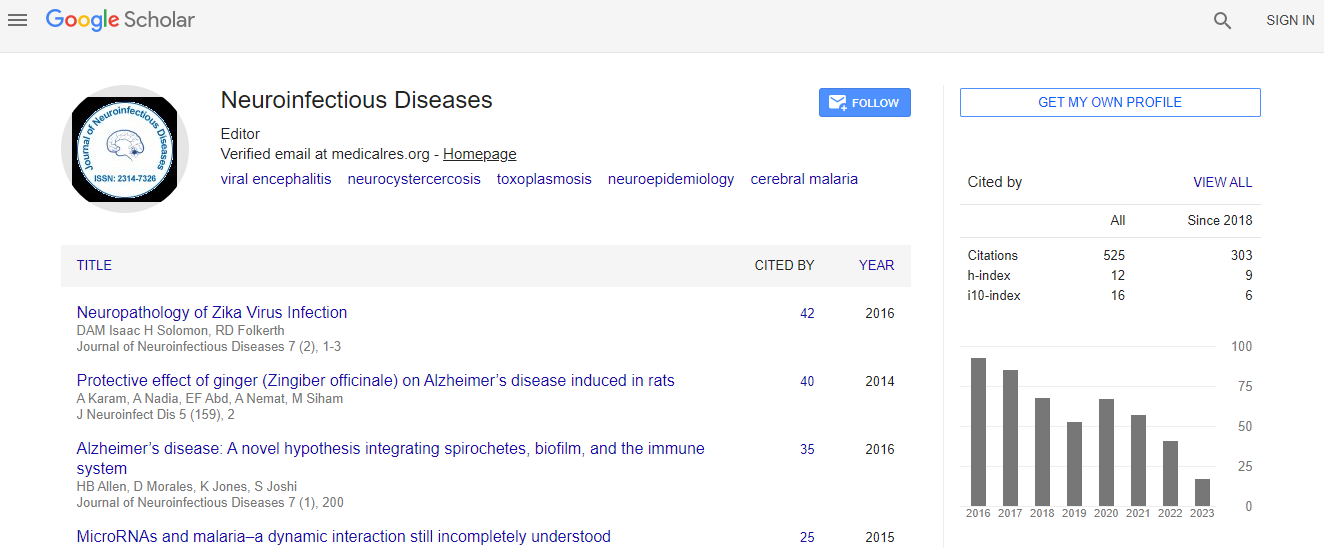Research Article
Can Postcontrast-T2FLAIR be a Boon over Postcontrast-T1GRE Images in MR Brain Imaging?
Rajul Rastogi1*, Sujeet Jain2, Yuktika Gupta1, Pawan Joon1, Asif Majid Wani1 and Vijai Pratap
1Teerthanker Mahaveer Medical College and Research Center, Moradabad, UP, India
2School of Medical Science and Research, Greater Noida, UP, India
- *Corresponding Author:
- Rajul Rastogi
Teerthanker Mahaveer Medical College
and Research Center, Moradabad, UP, India
Tel: 09658792858
E-mail: eesharastogi@gmail.com
Received date: May 10, 2016; Accepted date: June 04, 2016; Published date: June 06, 2016
Citation: Rastogi R, Jain SK, Gupta Y, Joon P, Wani AM, et al. (2016) Can Postcontrast-T2FLAIR be a Boon over Postcontrast-T1GRE Images in MR Brain Imaging?. J Neuroinfect Dis 7:219. doi:10.4172/2314-7326.1000219
Copyright: © 2016 Rastogi R, et al. This is an open-access article distributed under the terms of the Creative Commons Attribution License, which permits unrestricted use, distribution, and reproduction in any medium, provided the original author and source are credited.
Abstract
We are all familiar with the role of postcontrast-T1GRE images in MR brain imaging especially in the presence of space occupying lesions. But very few are aware of the role of postcontrast-T2FLAIR images in similar circumstances. Though T2-effect of gadolinium and T1-effect of T2FLAIR has been established for long yet it has not been utilized intensively and extensively in practice. However, there have been few isolated studies establishing the role of postcontrast-T2FLAIR images in variety of brain pathologies. In this study, we aim to evaluate the role of postcontrast-T2FLAIR images in various pathological conditions of brain in wider spectrum and evaluate its usefulness in comparison with postcontrast T1GRE images in clinical practice.

 Spanish
Spanish  Chinese
Chinese  Russian
Russian  German
German  French
French  Japanese
Japanese  Portuguese
Portuguese  Hindi
Hindi 
